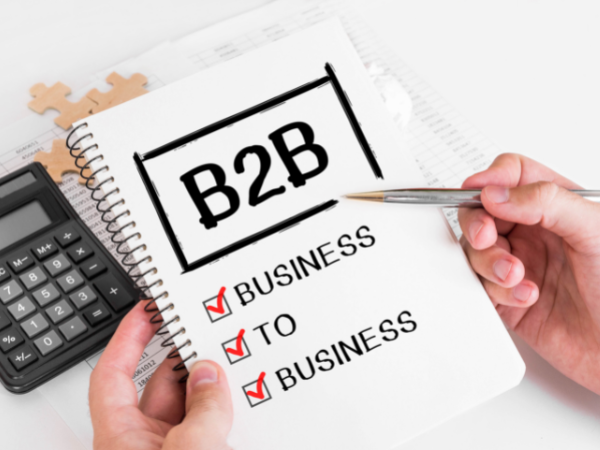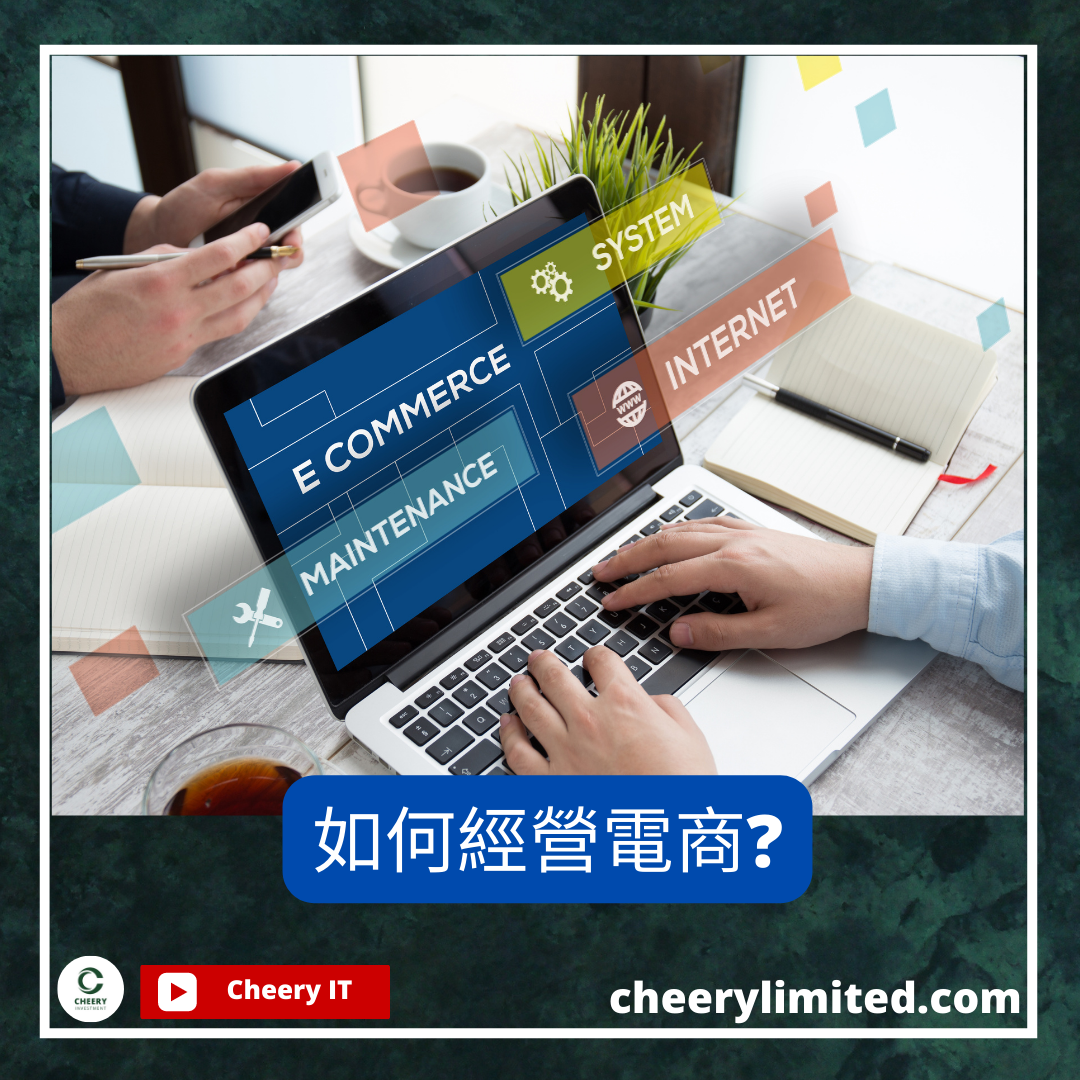How to run an e-commerce business?
Before starting your e-commerce journey, please ask yourself these questions:
What is your brand and business type?
Positioning the business type well is very critical for e-commerce brands. Here are some common business types explained below.
B2B (Business to Business): business to business. If your e-commerce business model is B2B, then your audience will be companies that are businesses like you. Before goods reach individual consumers, they will go through processes such as midstream and downstream, wholesalers, and suppliers. These processes rely on the B2B trade model. Not just products, but if you provide services to enterprises, such as writing web software, it is also considered B2B. Among the well-known e-commerce platforms, those that adopt the B2B model include Alibaba in China and Taiwan Economic and Trade Network in Taiwan.

B2C (Business to Consumer): refers to businesses selling goods to individual consumers through the Internet. This is currently the most common form of e-commerce. For example, the brand's official website is a typical B2C. In the B2C business model, because the audience will be independent consumers, the ease of use of the ordering interface and even how the community management attracts the audience are considered very important.
B2B2C (Business to Business to Consumer): It sounds complicated, but in fact everyone should be familiar with it. For example, on e-commerce platforms such as Momo and Yahoo, companies with products pay these e-commerce platforms to obtain exposure, promotion and sales on the platforms. This is the B2B2C business model.
Others include C2C (Consumer to Consumer), online transactions between consumers, in many forms, such as Shopee personal stores, etc., and C2B (Consumer to Business), which gives consumers more autonomy and allows consumers to Communicate with enterprises to negotiate prices based on their needs. Common ones include group buying websites and O2O (Online to Offline) that combine online and offline transaction services, such as purchasing hot spring coupons on APPs, etc.
With the development of e-commerce, its extended business models are becoming more and more diverse. Positioning your own business model can be said to be the first step before operating an e-commerce business!
Product type determines your e-commerce strategy!

single commodity
Selling only a single product may seem simple, but in fact the threshold is high. The advantage of using a single product as the sales focus of the brand is that it can reach more customers. Especially when this product is the daily needs of most people, or is topical and fresh, the scope of the audience group that can be expanded is quite amazing. . However, having only a single product means that there is only one opportunity, just like putting all eggs in the same basket. This product matches the sales strategy. If it succeeds, the brand will succeed. However, if the product fails, the brand will fail.
single category
Compared with a single product that can reach a wide audience, e-commerce brands with a single category of products as their core should focus on "building a style" and attracting audiences that match the style. In fact, this is the model adopted by most e-commerce brands at present, because it can establish the outline of an exclusive brand most quickly.
It is important to note that this type of e-commerce brand is also the most "brand-conscious". Customer trust and perception can be the best weapon for these brands, but it can also become a fatal injury. Don’t make the category too big at the beginning. Instead, focus on serving a small group of audiences. After it stabilizes, it will be better to expand slowly.
Plural categories
Plural categories are more suitable for e-commerce brands that have already reached a certain scale. Because operating such a brand requires the highest management costs and the most complicated process. However, because there are many types of products, there is more demand. If managed properly, it will be easier to earn the most profits than the above two categories.








